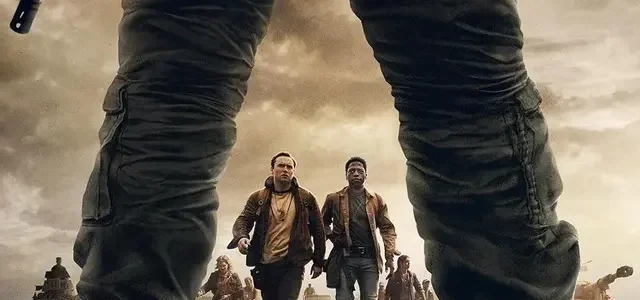The Long Walk: Walk or Die Hits Theaters With a Dark Twist
The Long Walk: Walk or Die is now showing in theaters, bringing one of Stephen King’s most brutal stories to the big screen. Directed by Francis Lawrence (The Hunger Games franchise), the film adapts King’s dystopian tale but introduces a bold new ending.
What Is The Long Walk About?
Set in a dystopian America under authoritarian rule, The Long Walk follows a deadly annual competition where fifty boys are forced to walk endlessly. The rules are simple: keep moving or get shot. Among this year’s competitors is teenager Ray Garraty (Cooper Hoffman), who must endure the brutal test broadcast nationwide—where only one survivor claims victory.
⚠️ Spoiler Alert: The Ending of The Long Walk Movie
Written by J.T. Mollner (Strangers), the adaptation remains mostly faithful to Stephen King’s original story. The screenwriter admitted:
“I was terrified of disrespecting Stephen King. That made it all the more rewarding when he loved what we did with the book.” – USA Today interview
The biggest change lies in the film’s ending. Unlike the book, Ray Garraty sacrifices himself so Peter McVries (David Jonsson) can win. With his victory and granted wish, McVries asks for a carbine and kills the Major (Mark Hamill)—an act Ray had originally planned as revenge for his father’s death. The film closes with Peter walking into darkness, leaving the conclusion open-ended.
Book vs. Movie: What Changed?
-
In King’s book: Ray wins after the deaths of Peter and Stebbins (Garrett Wareing in the film), but ends disoriented, walking toward a shadowy figure.
-
In the movie: McVries survives and kills the Major, adding a layer of vengeance and tragedy.
According to Mollner:
“The goal was to surprise loyal Stephen King readers without upsetting them. So far, fans feel it captures the same spirit despite the change.”
The Deeper Meaning Behind the New Ending
The film’s conclusion reflects both hope and despair: one choice highlights humanity’s best side, while the other reveals its darkest tragedy. As Mollner explains, vengeance may feel cathartic but ultimately perpetuates a hollow cycle of violence.

